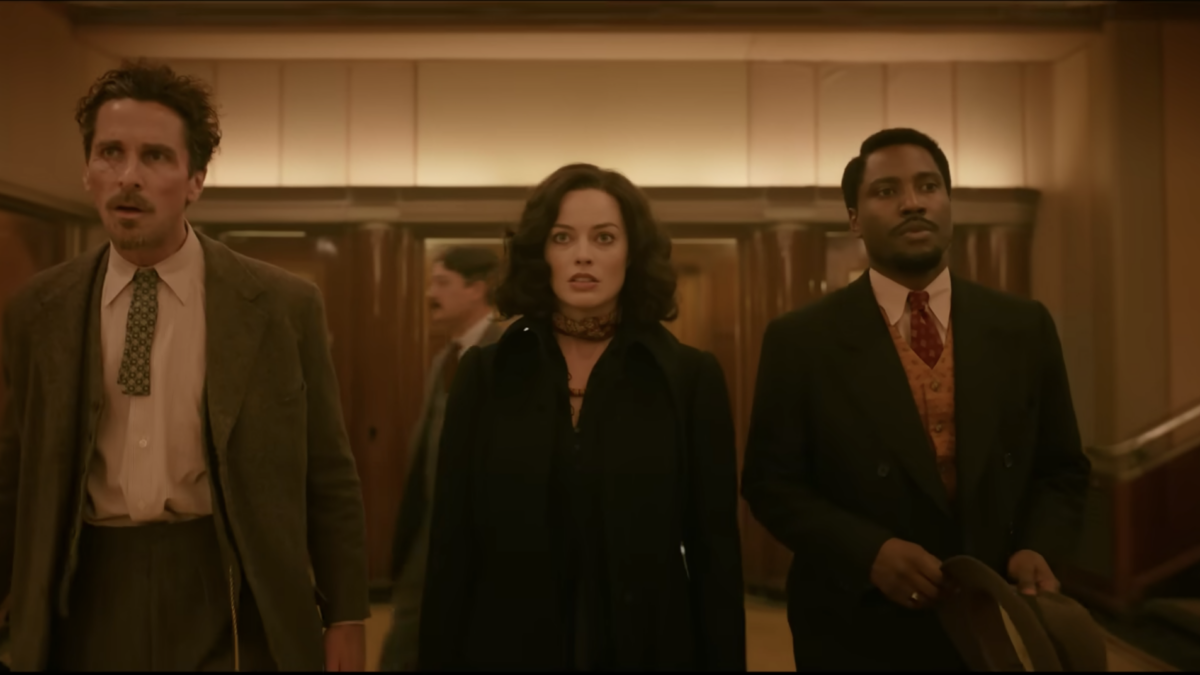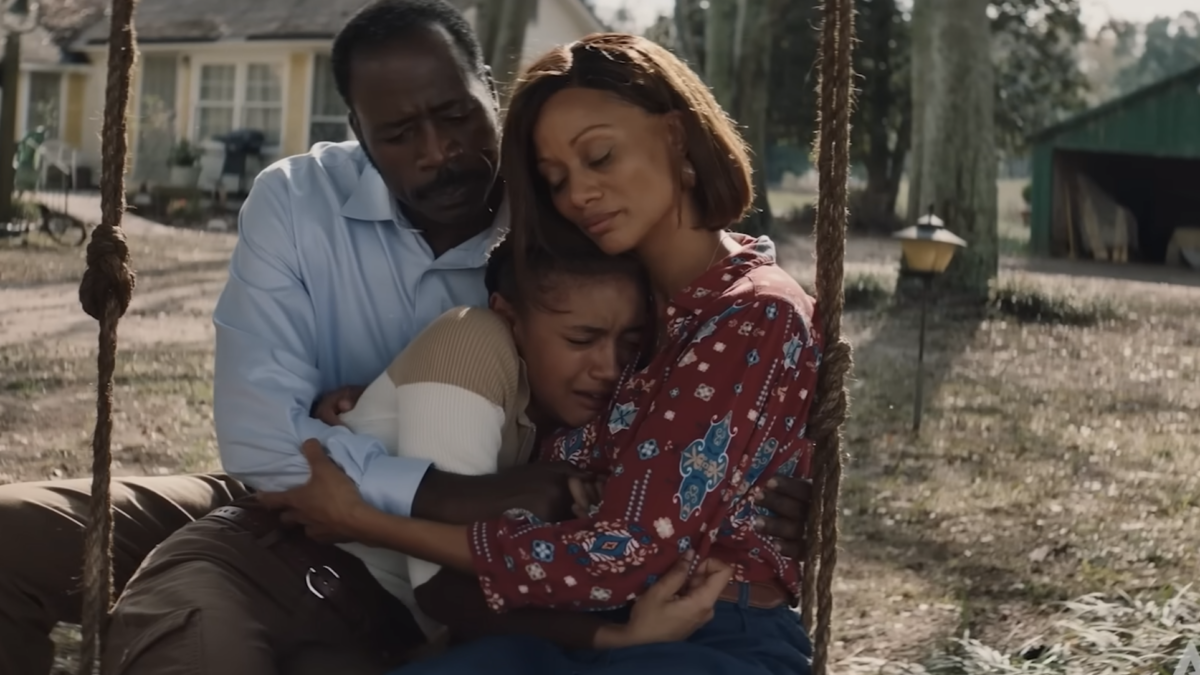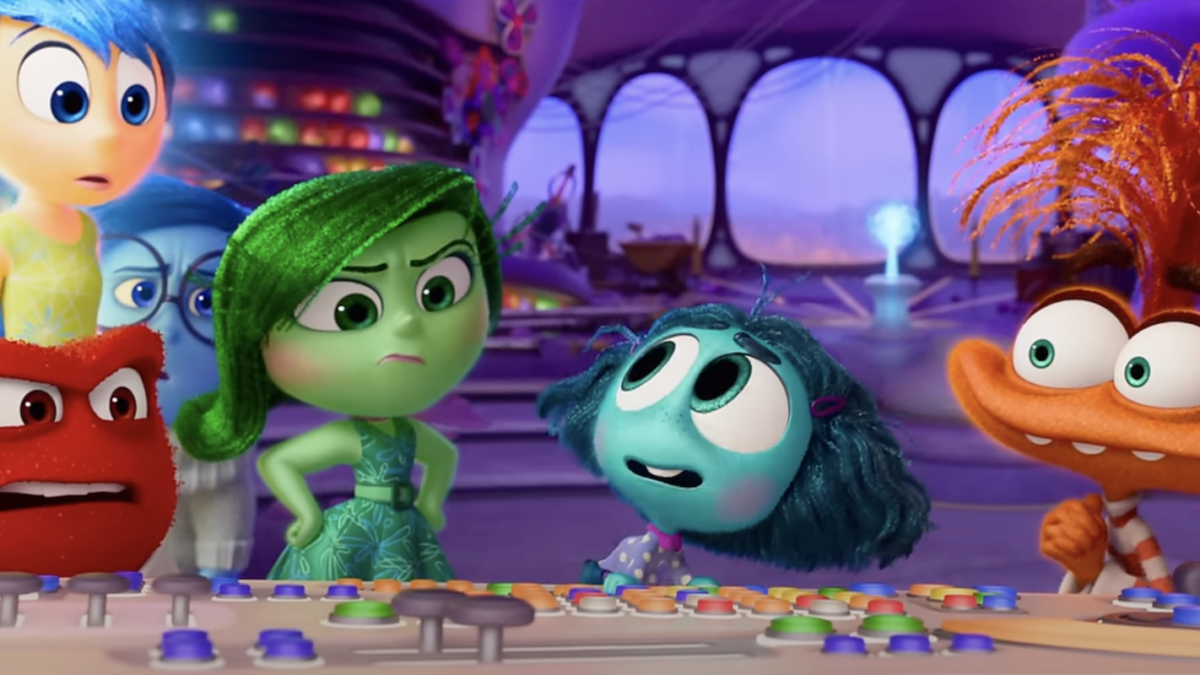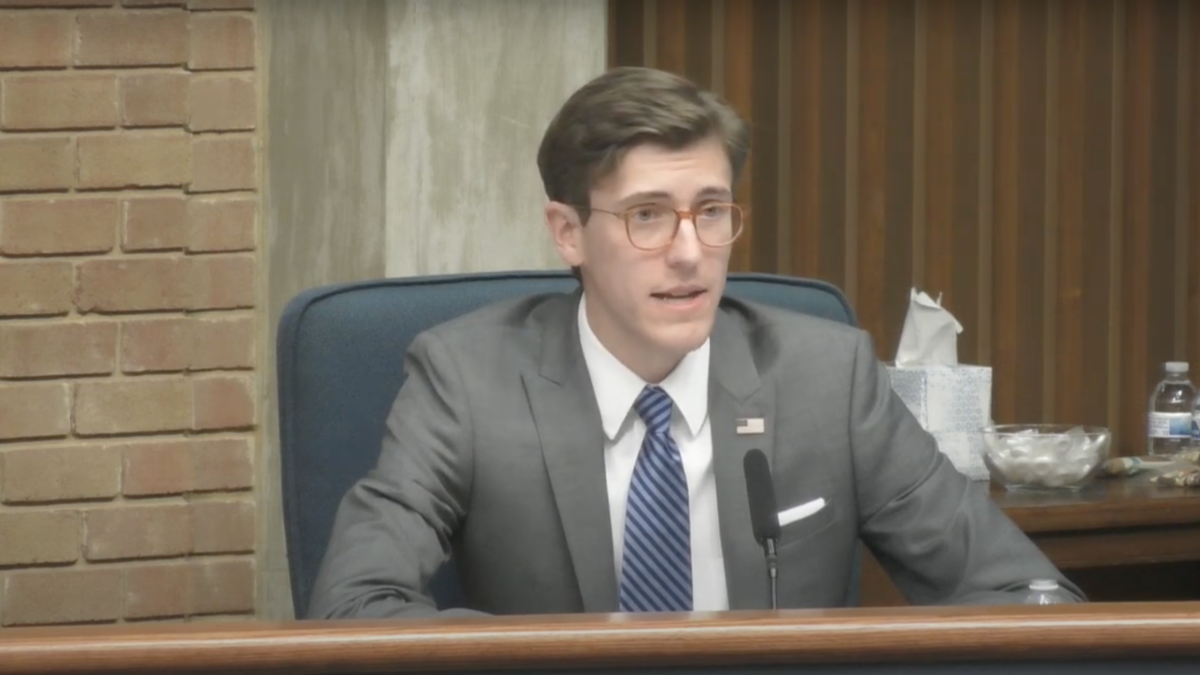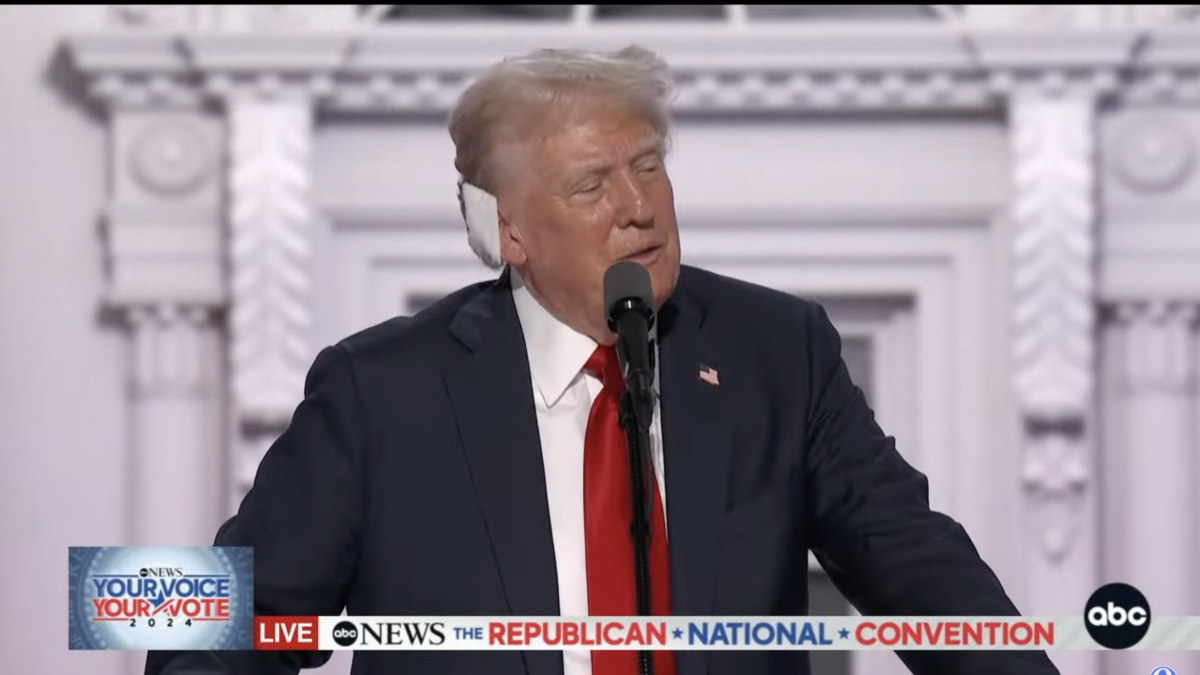After a seven-year hiatus, four-time Oscar nominee and two-time BAFTA-winning firebrand filmmaker David O. Russell returns with “Amsterdam,” a period piece political thriller housed within the framework of a somewhat screwball comedic drama. Despite his credentials, Russell’s film is receiving some harsh (and largely unfounded) negative feedback from the left-leaning critical community.
In much the same manner as his 2013 masterpiece “American Hustle,” Russell’s screenplay is seeded on a tiny slice of U.S. history — in this case, a truly disturbing event taking place at the start of the bourgeoning Western European fascist movement of the 1930s.
As with “American Hustle,” Russell opens “Amsterdam” with the disclaimer: “some of this actually happened,” a cheeky, nod-and-a-wink riff on the more formal (and often inaccurate) “based on a true story” and “inspired by real events.” There’s only one bit of nonfiction included in the movie, and it’s not shown until the start of the closing credits. It is to Russell’s considerable talents as a storyteller that everything we see throughout is entirely plausible.
Presented out-of-sequence, “Amsterdam” starts in 1930s New York City with two World War I veterans who are hired by the daughter (a terrific Taylor Swift) of Sen. Bill Meekens (Ed Begley, Jr.) to determine his suspicious cause of death. Meekens was the commanding officer of Bert Berendsen (Christian Bale), a doctor with a prosthetic eye, and his close friend, attorney Harold Woodsman (John David Washington) while all were stationed in France. Aiding in the autopsy is Dr. Irma St. Clair (Zoe Saldana), Bert’s longtime colleague.
It is in Europe toward the end of the war where Bert and Harold, severely wounded by mortar fire, first encounter Valerie Voze (Margot Robbie), a French-speaking nurse who tends to their injuries, physical and otherwise. As it turns out, she’s a quirky American ex-patriot who crafts art out of bullets, casings, shrapnel, and other warfare hardware. The trio develops an instant, unshakeable bond while enjoying a post-war bohemian lifestyle in Amsterdam.
Back in the present day, Bert and Harold are wanted for murder, and, rather than panic and/or surrender, they calmly but urgently seek the assistance of some well-connected political and socialite types who have the power to buy them time and delay their apprehension.
In “Amsterdam,” Russell wears his directorial influences on his sleeve. There are the obvious nods to the grandmasters of ’70s cinema, such as Scorsese and Bogdanovich, as well as French New Wave directors — in a blink-and-you’ll-miss-it scene, Russell includes a visual nod to Truffaut’s landmark 1962 film “Jules and Jim.” He also employs the shooting styles and unorthodox camera angles reminiscent of contemporaries such as Wes Anderson and Noah Baumbach.
Russell’s achievements are aided by the efforts of his production team, most notably three-time Oscar-winning cinematographer Emanuel Lubezki (“Gravity,” “Birdman,” “The Revenant”), editor Jay Cassidy, production designer Judy Becker, and multiple set, costume, art, and make-up artists.
Transforming Los Angeles into 1930s New York must have proved to be daunting, but all involved more than rose to the challenge. Lubezki’s work, in particular, is outstanding. Recalling the visuals of Gordon Willis for the “Godfather” trilogy and Michael Chapman for “Taxi Driver,” Lubezki isn’t afraid to mix the stark blacks and grays with warmer earth tones, yellows, and reds, resulting in superb contrast.
One of the complaints voiced by some naysayers is that Russell includes too many characters and he doesn’t give them enough screen time or dialogue to warrant their inclusion. This is simply not the case. There are close to two dozen significant speaking roles in the film and even some of those limited to less than a handful of scenes each are still able to make their own distinct contributions to the narrative.
In addition to Swift, Chris Rock, Alessandro Nivola, Andrea Riseborough, Matthias Schoenaerts, Michael Shannon, Mike Myers, Bonnie Hellman, and a barely recognizable Timothy Olyphant as an unkempt button man all leave lasting impressions, each making a little go a long way.
The most common criticism of the film thus far is Russell’s inclusion (particularly in the last act) of barely cloaked comparisons between the old-school fascism that led to the start of the second World War and what seems to be taking place in the modern-day real world on a global level.
The actual event that Russell used as the springboard for his story was dubbed the “Business Plot,” a.k.a. “The White House Putsch,” a coup d’état being planned by industrial tycoons where they’d hoped to coerce retired Marine Corps Major Gen. Smedly Butler into prodding American veterans into taking up arms against the U.S. government, specifically President Franklin Roosevelt.
Robert de Niro (starring in his fourth consecutive Russell-directed film) appears as Gil Dillenbeck, a thinly veiled version of Butler, a man adored and respected by Bert, Edward, and other veterans in addition to millions of American citizens. In one of the film’s most telling moments, Ana Taylor-Joy plays one such star-struck citizen who can barely contain herself when meeting Dillenbeck.
What seems to be irritating some on the left is not Russell taking one side or the other (he doesn’t), but rather why this particular piece of lightning rod history is even included in the movie.
Some of those who have actually acknowledged this subplot interpret it as a metaphor for the MAGA movement or fluff it off altogether, and they are either missing the point or burying their heads in the sand.
One gander at the widely circulated image of the current occupant of the White House in Philadelphia last month standing in front of an ominously lit red and black background speaks volumes. This administration labels those who don’t tow their company line as terrorists and (via their social media cronies) block and/or cancel anyone voicing a different opinion or questioning election results and vaccine mandates. These are the kind of things that took place in early 1930s Western Europe, not during the Trump administration.
Again, whether he intended to or not, Russell is stirring a polarizing pot here. There are many people on both sides of the political aisle that consider the other party to be “fascist.” The big problem is most Americans (meaning at least 50 percent plus one) have no idea what the definition of fascism is and how it differs from socialism.
If for no other reason, Russell deserves credit for taking huge chances and treading into turbulent waters few other filmmakers would dare go. In the process, he also made a very smart and entertaining movie.
